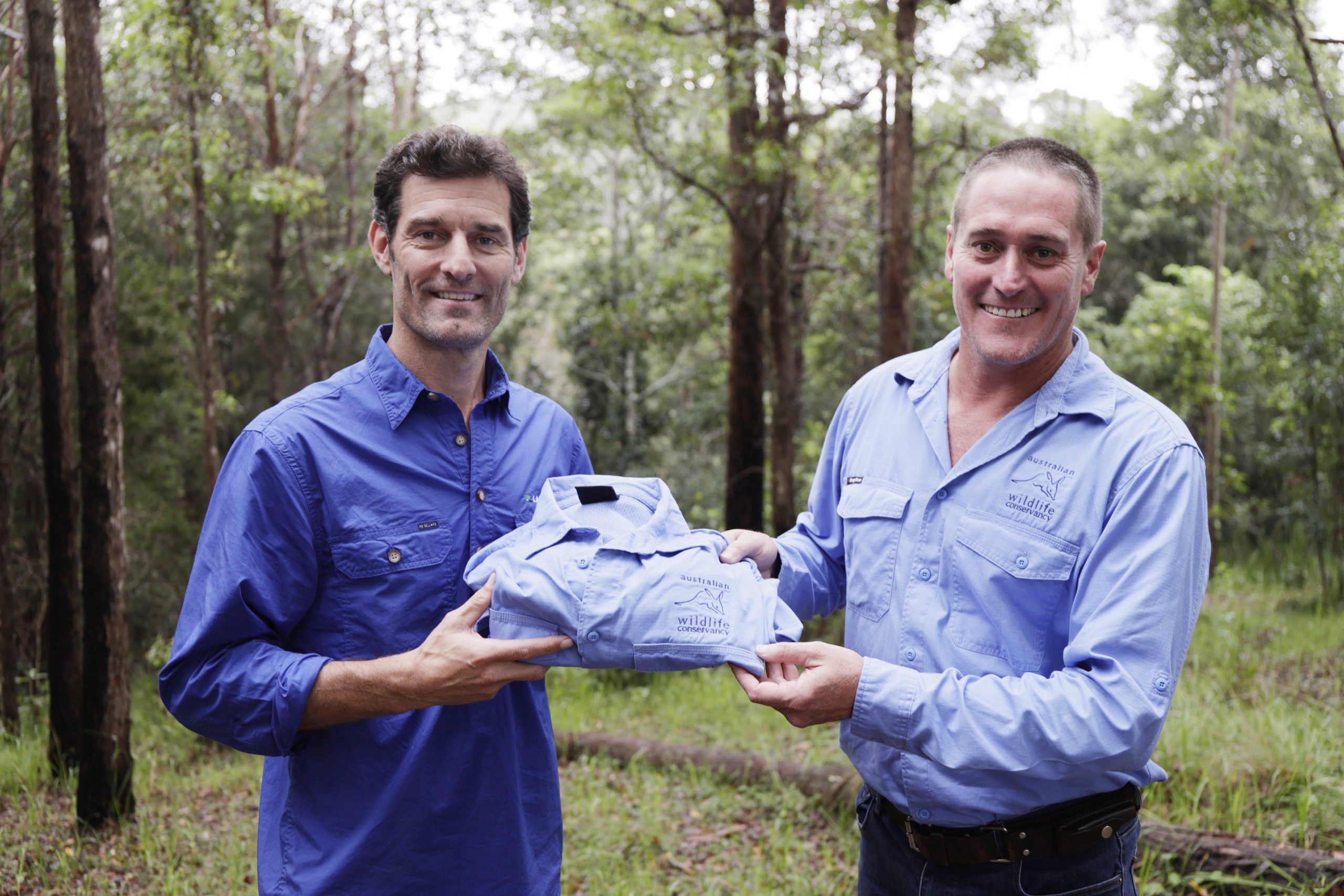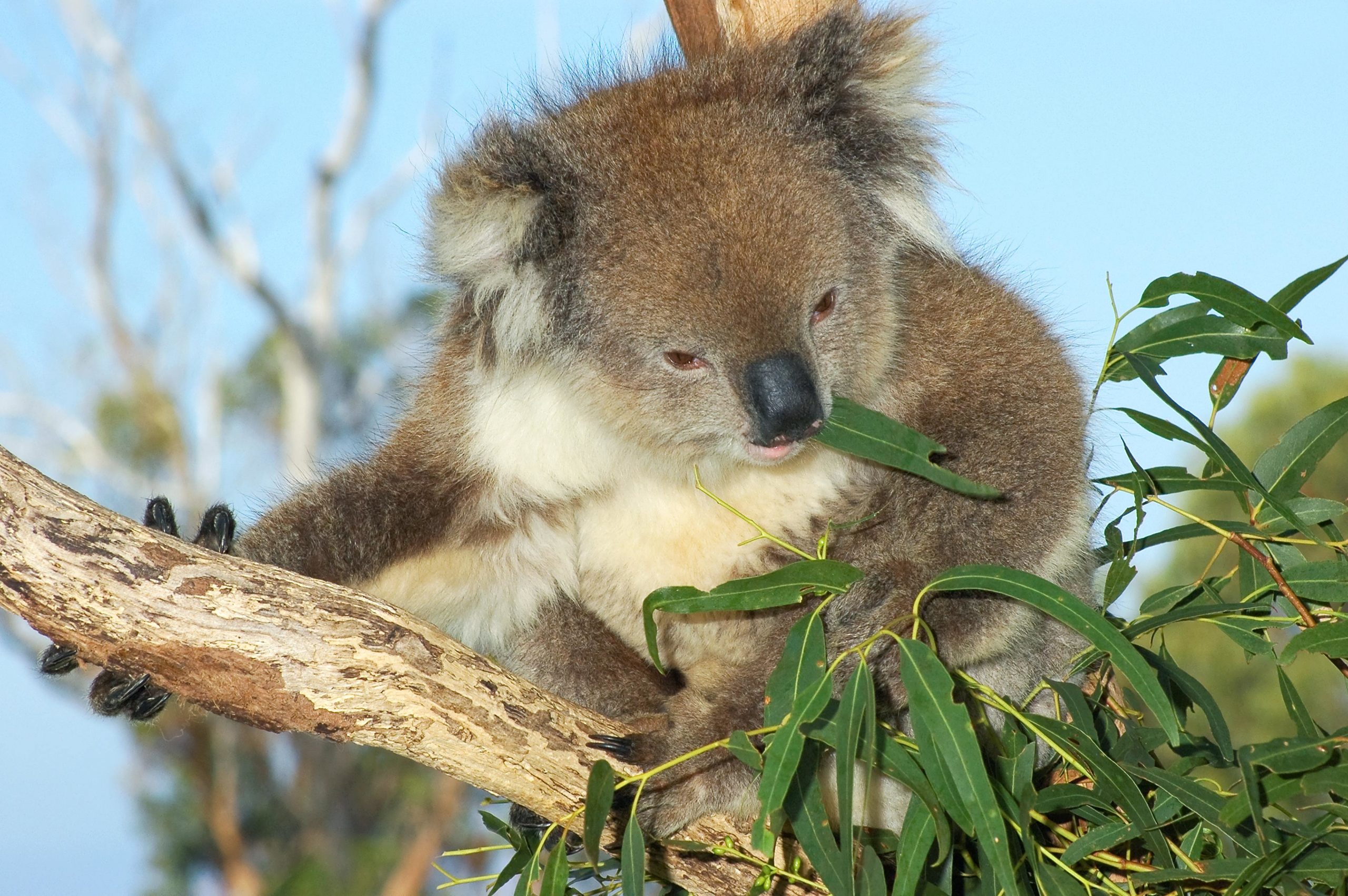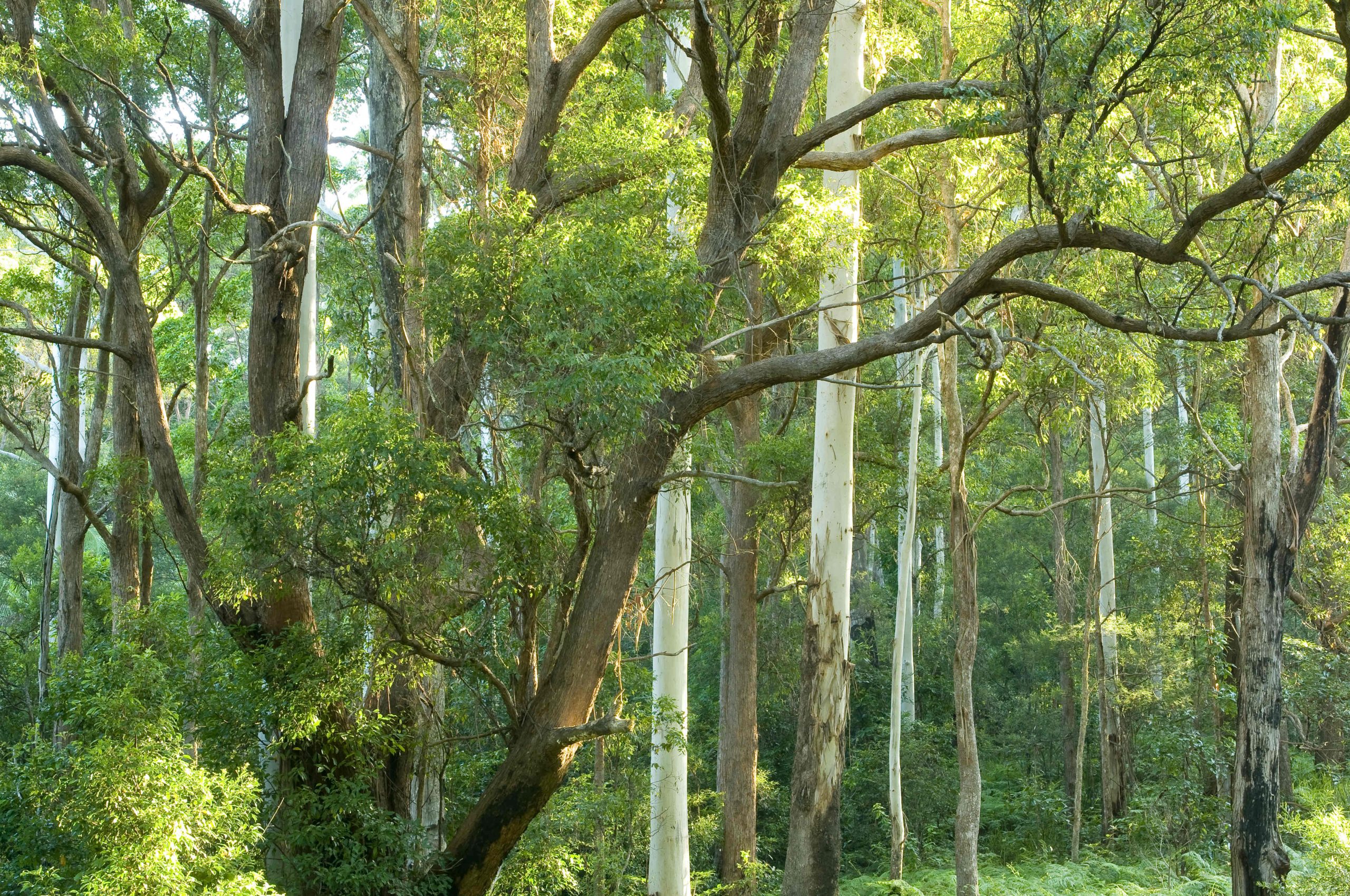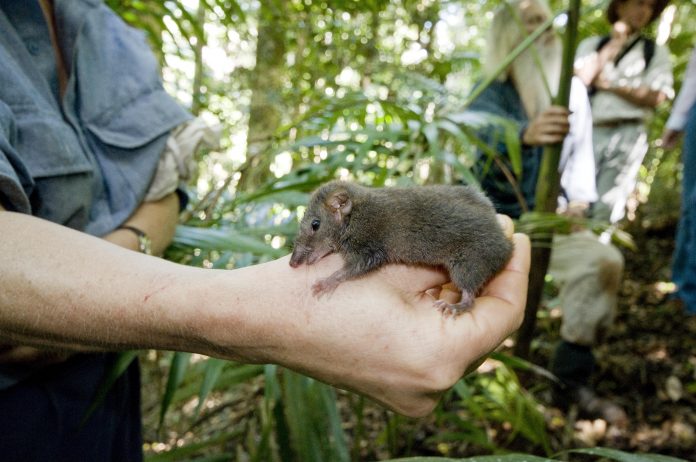A Blackall Range wildlife sanctuary will soon be home to an additional 26.1 hectares of land in an effort to protect hundreds of local species of flora and fauna.
Now a 196.1-hectare site on the western escarpment of the Maleny Plateau, Curramore Wildlife Sanctuary is part of the Australian Wildlife Conservancy.
AWC is a not-for-profit organisation that owns, manages or works in partnerships at 30 properties across the nation, covering almost 6.5-million hectares.
Throughout regions including the Kimberley, Cape York, Central Australia, the Top End and closer to home, more than 1800 native species are being protected from possible extinction.
AWC regional operations manager Tim White said the Curramore sanctuary was a biodiversity hotspot.
“At Curramore, here we are part of the Little Cedar Creek catchment area, we protect a really important part of the catchment for that area,” Mr White said.

“The sanctuary is home to over 270 species, including 15 threatened animal and plant species, as well as koalas, subtropical antechinus, red-necked wallabies, rare golden-tipped bats and endangered Richmond birdwing butterflies.
Mr White said the area was a known koala habitat in South East Queensland and had a diverse flora habitat, ranging from eucalypt to rain forests and a variety of species in between.
“Most of the property is dominated by tall eucalypt or brush box forest with a vine forest understory, with a strip of grassy open forest on the eastern margin.
“AWC mapping has identified 29 vegetation types on Curramore.”
Mr White said AWC used a unique model of science-informed land management to carry out their work, and the Curramore property offered a unique opportunity to collaborate with the local community.
 “AWC has a really unique model, we have land managers based on our properties, it’s a key part of the work that we do.
“AWC has a really unique model, we have land managers based on our properties, it’s a key part of the work that we do.
“The second part of the model is that we work side-by-side with our Australian Wildlife Conservancy ecologists and researchers undertaking consistent research and monitoring for the systems that we manage.
“Curramore is a really important location for Australian Wildlife Conservancy, not just the beautiful habitat, which we protect here, but it’s right on the doorstep of a major population base.
“It’s a key opportunity for us to engage with our supporters, stakeholders, but also community groups and other education groups.”
One of the biggest challenges Curramore faces is the invasive lantana weed, which remains a major threat to the habitat.

“At Curramore, AWC’s main focus is to demonstrate an effective strategy for the large-scale control of lantana, and other weeds, within south-east Queensland,” Mr White said.
“At the time of purchase, more than half the land area of Curramore was infested with lantana, along with much of the remnant forest in the region.
“The forest was severely compromised, with lantana excluding almost all other vegetation and preventing recruitment to the canopy layer.
“Over the past 10 years, AWC staff and volunteers have undertaken a systematic control program, removing lantana and restoring the native ecosystem.”
Mr White said the program had become an effective and feasible method he hoped would act as a catalyst for other regional control efforts.
Curramore sanctuary also requires a complex fire management strategy.
“Fire is required for the long-term maintenance of some habitats – eucalypt forests and woodland – but needs to be excluded from other communities such as rainforest.
“AWC’s fire management on the property aims to maintain and restore a grassy understory in Eucalypt woodlands, retard the invasion of lantana and protect the rainforests.”
Local journalists supporting local people. Help keep independent and fair Sunshine Coast news coming by subscribing to our free daily news feed. All it requires is your name and email. See SUBSCRIBE at the top of this article.
Former Formula One driver and Sunshine Coast property owner Mark Webber recently jumped on board locally with AWC as an ambassador for their work.
It came less than a fortnight after the federal government officially noted the extinction of an additional 13 endemic Australian species in the last 200 years, leaving Australia as one of the worst countries for mammal extinctions.
“Australia’s rapidly disappearing wildlife is a national tragedy,” Mr Webber said.
“We, as Australians need to do our part to support organisations like AWC, which are restoring and safeguarding the future of Australia’s natural assets.”
Curramore Wildlife Sanctuary fast facts:
- 196.1 hectares
- 279 animal species
- 53 mammals
- 150 birds
- 50 reptiles
- 24 amphibians
- 10 threatened animal species
- 236 plant species
- Five threatened plant species
Visit australianwildlife.org.





